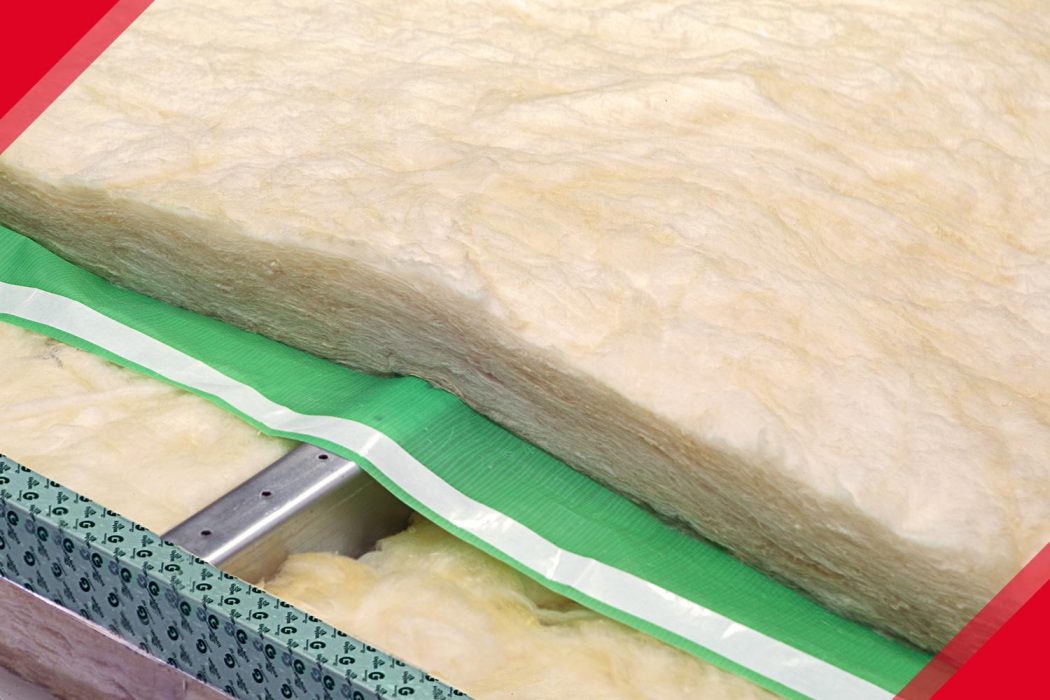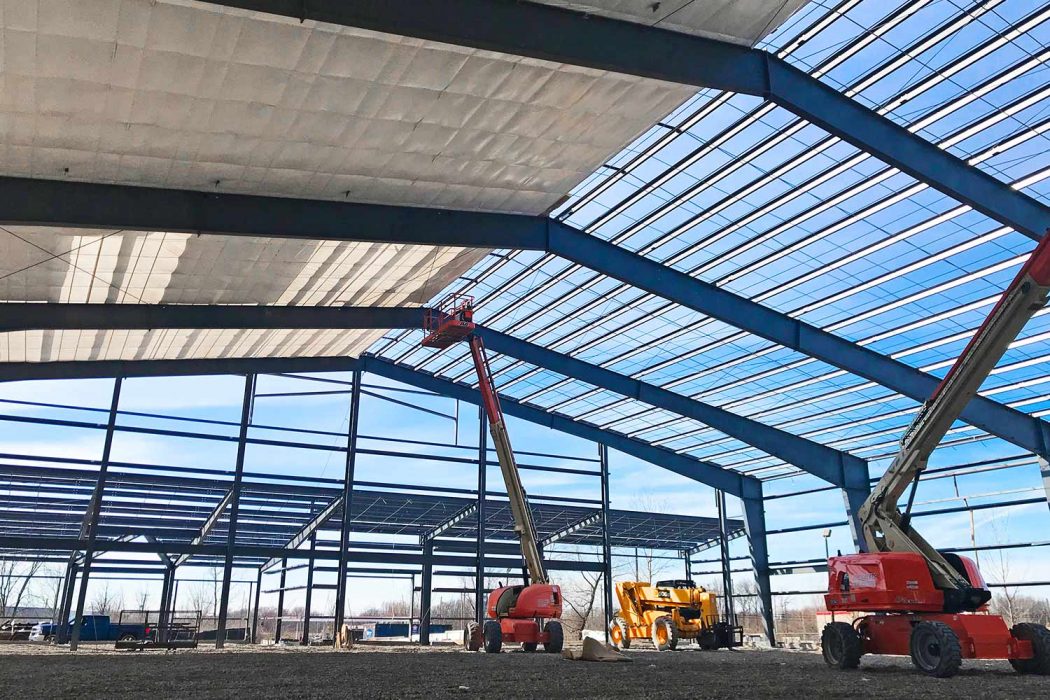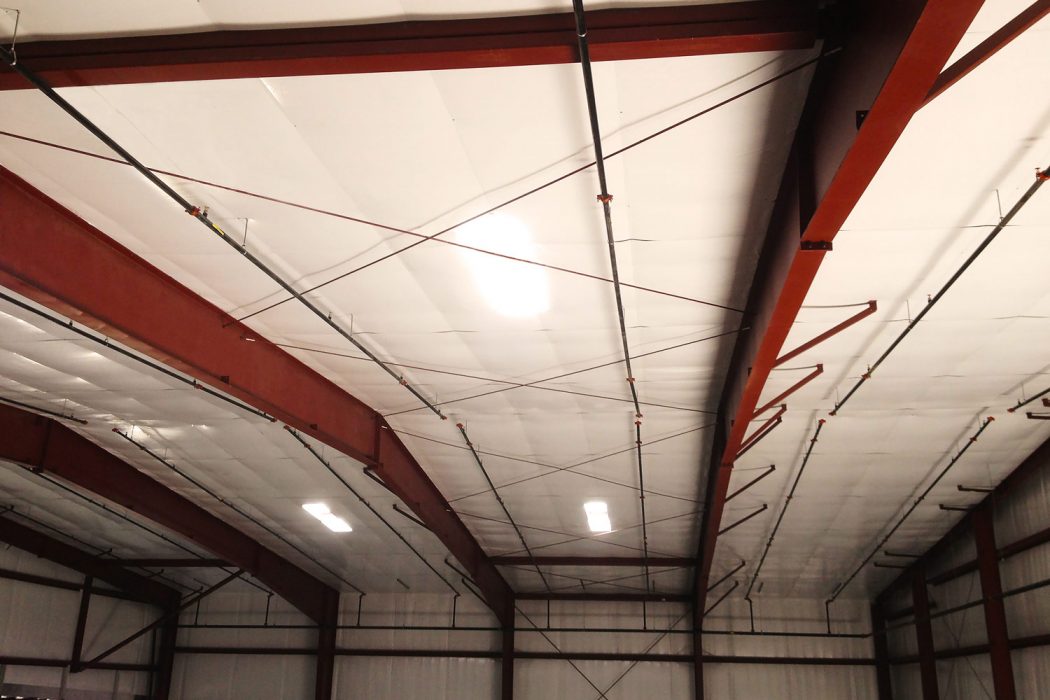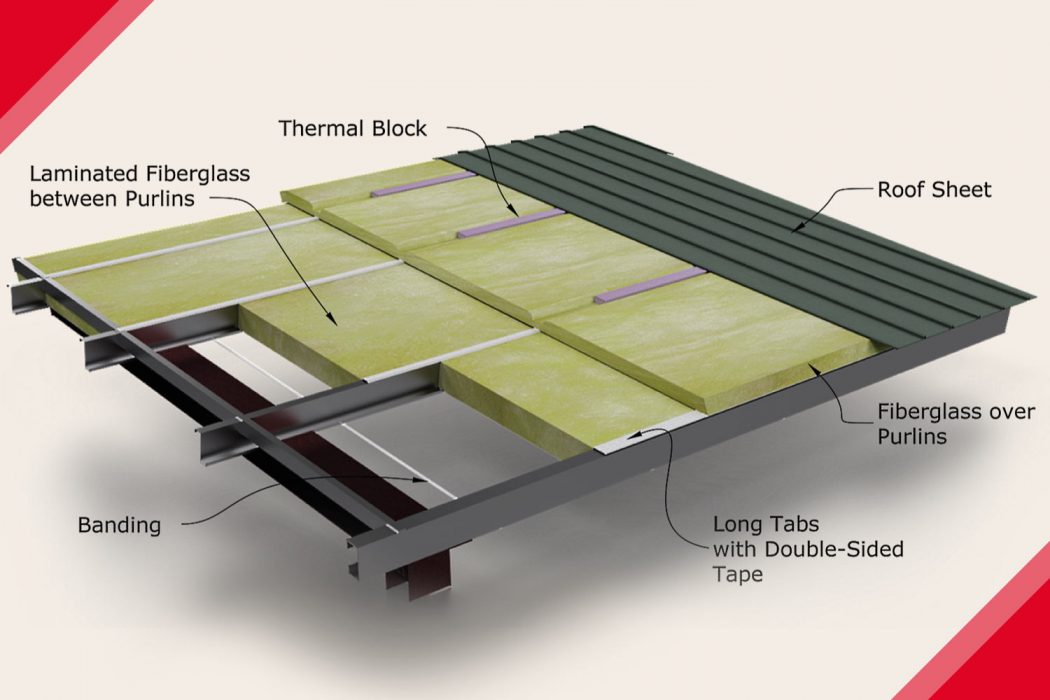The Next Code Cycle

The latest code cycle requires higher insulation values and an air barrier in the thermal envelope.
The next commercial energy code cycle for most states is the IECC 2015 code and ASHRAE 90.1-2013 alternative path. For some states the new code has already gone into effect as of January 1, 2017, but the exact timing of implementation depends on each state. Remember that each state is in a code cycle, which lasts two to three years. So, theoretically, your state could switch in the next few months or in a few years. Check the status of your state energy code at energycodes.gov.
Also, before you continue reading about the latest code cycle, you might want to revisit my primer on ensuring commercial code compliance in a post I wrote back in 2014. That blog breaks down a lot of the background information pertinent to understanding the current code landscape, such as the difference between IECC and ASHRAE.
Which States Have Made the Jump
- Alabama
- California
- Illinois
- Maryland
- Massachusetts
- Michigan
- New Jersey (adopted ASHRAE 90.1-2013)
- New York
- Oregon
- Utah
- Texas
- Vermont (state-specific code modeled after IECC 2015)
- Washington
Also, the new code cycle will be effective in Georgia January 1, 2018.
An Overview: IECC 2015 and ASHRAE 90.1-2013
First, it’s important to know that I base the most recent code cycle changes on comparisons of the IECC 2012 code and the ASHRAE 90.1-2010 Standard. If your state’s current code is based on the older IECC 2009 and ASHRAE 90.1-2007 Standard, you will see more significant envelope changes. Many states currently at the IECC 2009 code are bypassing IECC 2012 altogether and adopting IECC 2015. This is a large jump, and many metal building contractors will feel the pressure. If you haven’t used Liner Systems (Ls) or Filled Cavity/Long Tab Systems in the past, you will be required to start using them.
The choices are the same for the rest of the envelope. The building designer will have to make the decision to pursue either IECC 2015 or ASHRAE 90.1-2013. Once that decision is made, the entire building envelope, including mechanicals and lighting, must follow the same path.
Liner Systems (Ls) and Long Tab Banded Systems (FC): What’s the Difference?
First, liner systems (Ls) such as OptiLiner® are typically proprietary and, as you probably guessed, must meet ASHRAE’s requirements in order to be defined as a liner system. Long tab banded systems are usually non-proprietary and meet the specifications of a filled cavity (FC) system.
Both systems provide High-R insulation to help meet stringent energy codes. However, banded liner systems tend to achieve better U-values than long tab banded systems. Another key difference is that the OptiLiner® banded liner system is an OSHA-compliant fall protection system. Long tab banded systems typically do not offer fall protection. Both options fulfill the metal building insulation requirements, so the system selected boils down to budget and preference.

OptiLiner® Banded Liner System (Ls)

Long Tab Banded System (FC)
As you can see in the picture on the left, the purlins are covered by the fabric vapor retarder in a banded liner system. In a long tab banded system, the purlins are exposed.
Changes in Envelope Performance
There are some major changes to the envelope performance in the latest code cycle. In previous versions of the IECC code and ASHRAE 90.1 Standard, it was easier to obtain lower insulation values in the roof and walls of metal buildings. The IECC 2015 and ASHRAE 90.1-2013 have the most stringent envelope requirements based on “Conditioned Space” and “ Non-Residential Space”. The only option that allows minimal insulation is Semi-Heated Space within ASHRAE 90.1-2013.
Remember these definitions:
Conditioned Space: Space that will be heated above 3.4btu’s/hr/ft2 and/or cooled (per IECC 2015).
Non-Residential Space: Spaces heated or cooled above semi-heated requirement (per ASHRAE 90.1-2013).
Semi-Heated Space: Space heated above 3.4btu’s/hr/ft2 and below 5 in climate zones (CL) 1 and 2, below 10 in CL 3, below 15 in CL 4 and 5, below 20 in CL 6 and 7 and below 25 in CL 8 (per ASHARE 90.1 2013)
Table 3.2, which is used to determine Semi-Heated Space, has not changed with the latest code updates.

If Semi-Heated is not allowed based on the heating system output, then each climate zone has major insulation requirement increases under the non-residential space. This is based on the ASHRAE 90.1-2013 Standard; the IECC 2015 code has, for the most part, the same values. For example, using ASHRAE 90.1-2013, climate zone 5a requires a roof U-value of .037 and a wall U-value of .050. In order to obtain these U-values, a metal building would require either a Liner System or a Filled Cavity/Long Tab System for both the roof and the walls.
An Important Update: Air Barrier Requirements
Both IECC 2015 and ASHRAE 90.1-2013 now require buildings to have an air barrier in the thermal envelope, and to be indicated in drawings. The air barrier is also a checklist item on a COMcheck™ report. The first mention of air barriers was actually in IECC 2009. From then on, the next few code cycles made air barriers mandatory requirements.
Buildings are now required to have an air barrier, and it must be located within the building’s thermal envelope. It can be placed on the interior side, exterior side, somewhere within assemblies composing the envelope, or any combination thereof. In IECC 2015 this can be found in section C 402.5.1 and C 402.5.1.1. Exceptions include unheated buildings. In ASHRAE 90.1-2013 this can be found in sections 5.4.3, 5.4.3.1.1 and 5.4.3.1.2. Exceptions include semi-heated buildings in climate zones 1-6.

An air barrier (green material) laminated to fiberglass as part of the MaxTight system.
It is also mandatory to identify the air barrier and for it be continuous across joints and assemblies. Joints and seams must be sealed and securely installed. Penetrations and joints and seals associated with penetrations must be sealed in a manner compatible with construction material and location.
As the future of code cycles change, the air barrier requirement will only increase in terms of required performance. This is a good thing for the metal building industry, as new requirements propel new innovations




